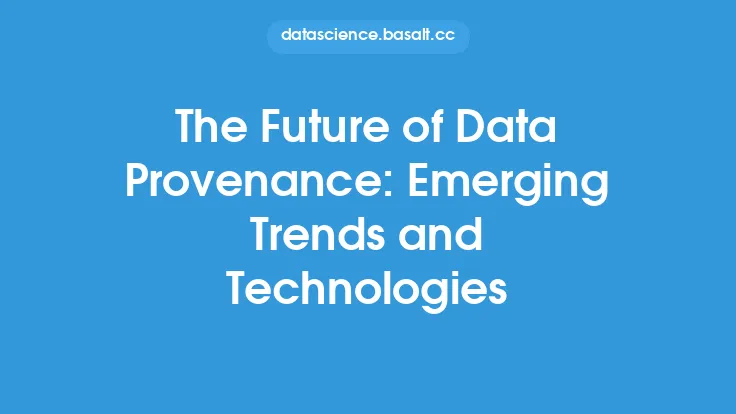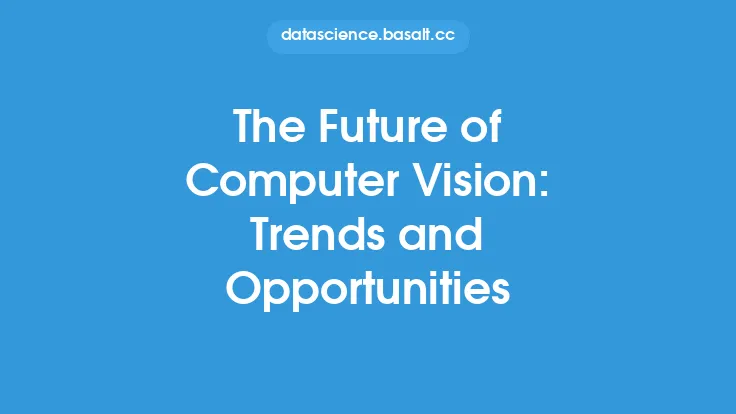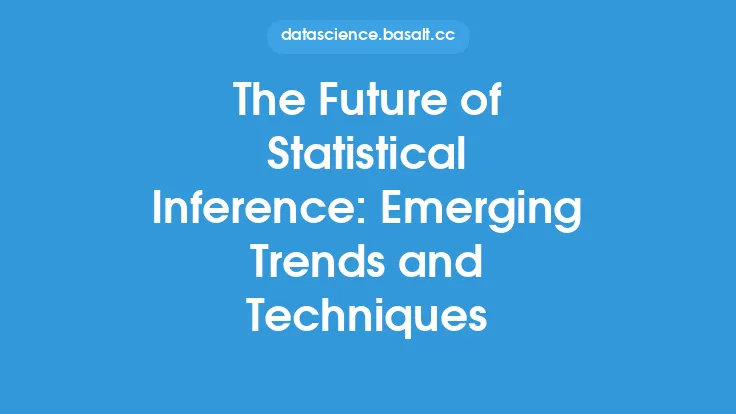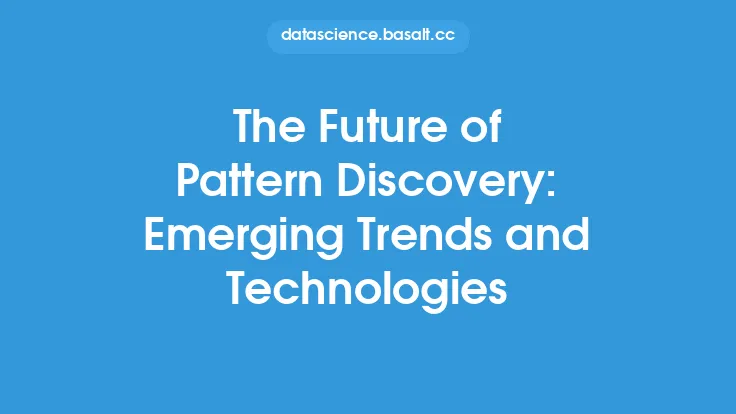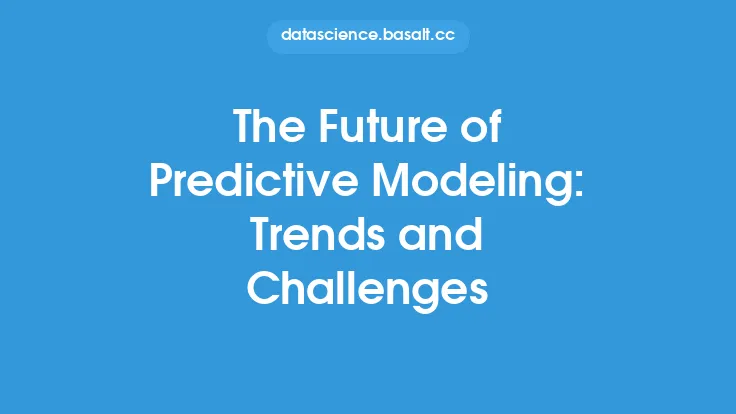The world of data integration is rapidly evolving, driven by the increasing demand for seamless data flow and unified views of disparate data sources. As organizations continue to generate and collect vast amounts of data from various sources, the need for efficient and effective data integration solutions has become more pressing than ever. In this article, we will delve into the future of data integration, exploring the trends and predictions that are shaping the industry.
Introduction to Emerging Trends
The data integration landscape is witnessing a significant shift towards cloud-based solutions, with more organizations adopting cloud-native data integration platforms. This trend is driven by the scalability, flexibility, and cost-effectiveness of cloud-based solutions, which enable businesses to quickly respond to changing data integration needs. Additionally, the rise of serverless computing and containerization is transforming the way data integration workflows are designed, deployed, and managed. These emerging trends are enabling organizations to focus on higher-level data integration tasks, such as data governance, data quality, and data analytics, rather than worrying about the underlying infrastructure.
The Role of Artificial Intelligence and Machine Learning
Artificial intelligence (AI) and machine learning (ML) are playing an increasingly important role in data integration, enabling organizations to automate complex data integration tasks and improve data quality. AI-powered data integration tools can learn from data patterns and make predictions about data relationships, data quality, and data integrity. ML algorithms can be used to identify data anomalies, detect data duplicates, and predict data integration errors. Furthermore, AI-driven data integration solutions can provide real-time data integration, enabling organizations to respond quickly to changing business needs. As AI and ML technologies continue to evolve, we can expect to see more sophisticated data integration solutions that can learn from data and adapt to changing business requirements.
The Impact of Big Data and IoT on Data Integration
The proliferation of big data and Internet of Things (IoT) devices is generating vast amounts of structured and unstructured data, which is putting pressure on traditional data integration solutions. To address this challenge, organizations are adopting data integration solutions that can handle large volumes of data, high velocities of data, and diverse data formats. Big data integration solutions, such as Hadoop and Spark, are being used to process and analyze large datasets, while IoT data integration solutions, such as edge computing and streaming analytics, are being used to process and analyze real-time IoT data. As the amount of big data and IoT data continues to grow, we can expect to see more innovative data integration solutions that can handle the scale, complexity, and diversity of these data sources.
The Importance of Data Governance and Security
As data integration becomes more critical to business operations, the importance of data governance and security cannot be overstated. Data governance refers to the policies, procedures, and standards that ensure data quality, data integrity, and data compliance. Data security refers to the measures that protect data from unauthorized access, theft, or damage. In the context of data integration, data governance and security are critical to ensuring that data is accurate, complete, and secure. Organizations must implement robust data governance and security measures, such as data encryption, access controls, and auditing, to protect sensitive data and prevent data breaches. As data integration continues to evolve, we can expect to see more emphasis on data governance and security, with organizations adopting more sophisticated data governance and security frameworks to protect their data assets.
The Rise of Real-Time Data Integration
Real-time data integration is becoming increasingly important, as organizations seek to respond quickly to changing business needs and customer expectations. Real-time data integration enables organizations to integrate data from multiple sources in real-time, providing a unified view of customer interactions, business operations, and market trends. Real-time data integration solutions, such as streaming analytics and event-driven architecture, are being used to process and analyze real-time data from sources such as social media, IoT devices, and mobile apps. As the demand for real-time data integration continues to grow, we can expect to see more innovative solutions that can handle the speed, scale, and complexity of real-time data integration.
The Future of Data Integration: Predictions and Outlook
As we look to the future of data integration, several predictions and trends emerge. First, we can expect to see more adoption of cloud-native data integration platforms, as organizations seek to take advantage of the scalability, flexibility, and cost-effectiveness of cloud-based solutions. Second, AI and ML will continue to play a critical role in data integration, enabling organizations to automate complex data integration tasks and improve data quality. Third, the importance of data governance and security will continue to grow, as organizations seek to protect their data assets and prevent data breaches. Finally, real-time data integration will become increasingly important, as organizations seek to respond quickly to changing business needs and customer expectations. Overall, the future of data integration is exciting and rapidly evolving, with new technologies, trends, and innovations emerging all the time. As organizations continue to generate and collect vast amounts of data, the need for efficient and effective data integration solutions will only continue to grow.
